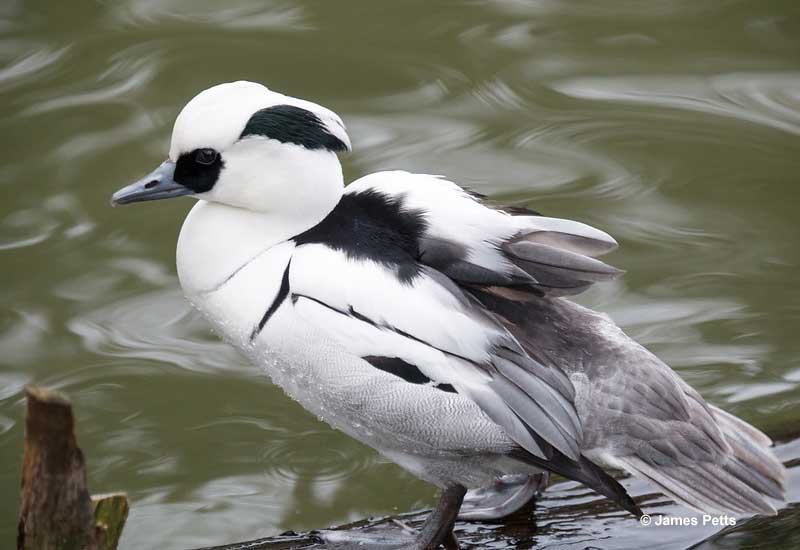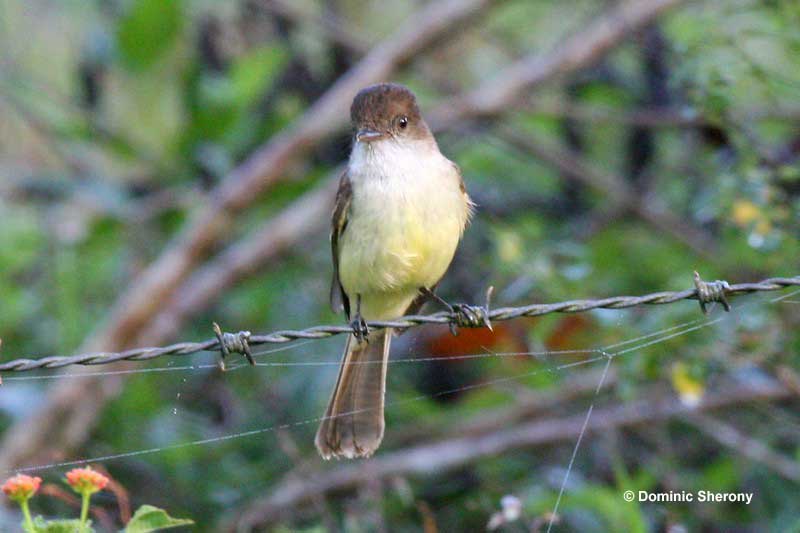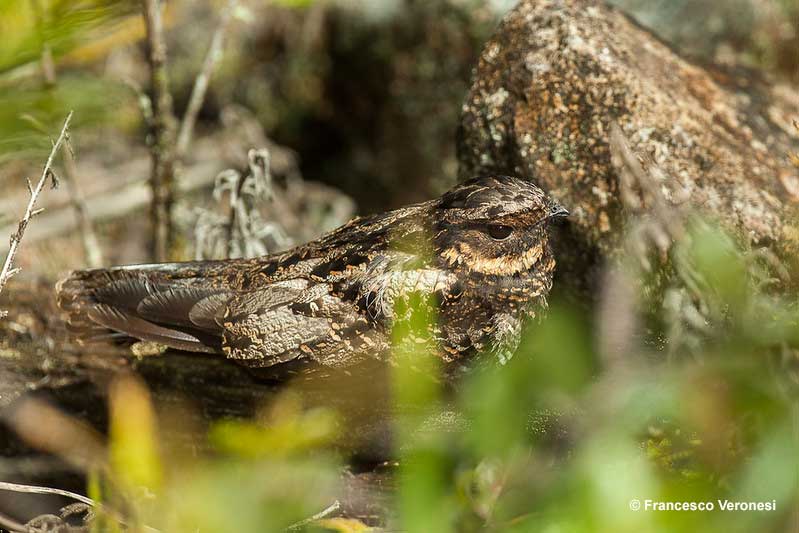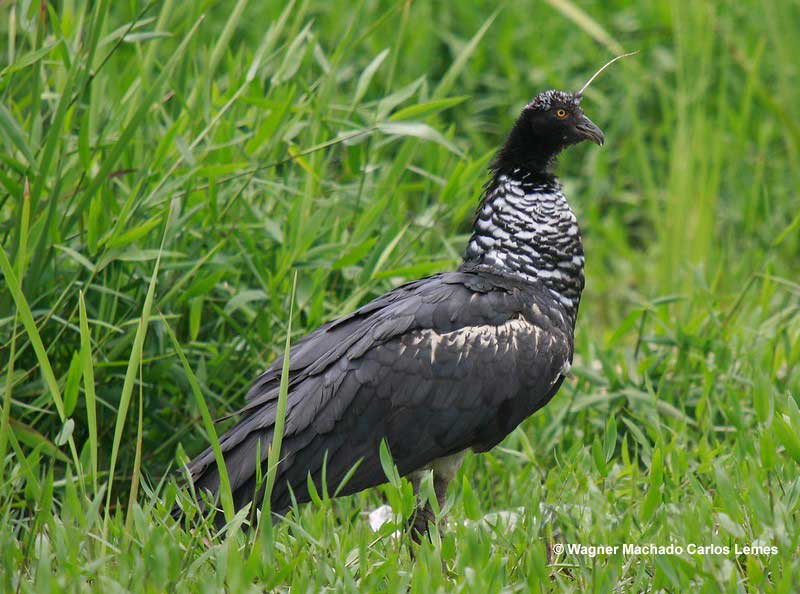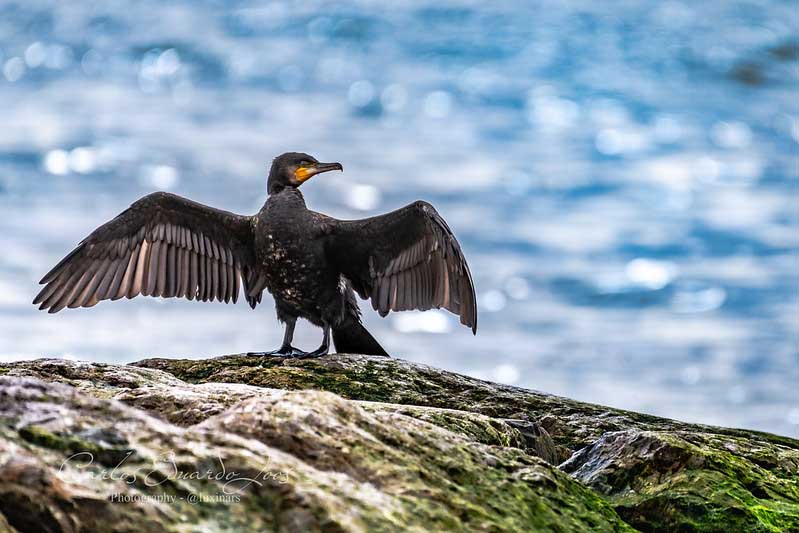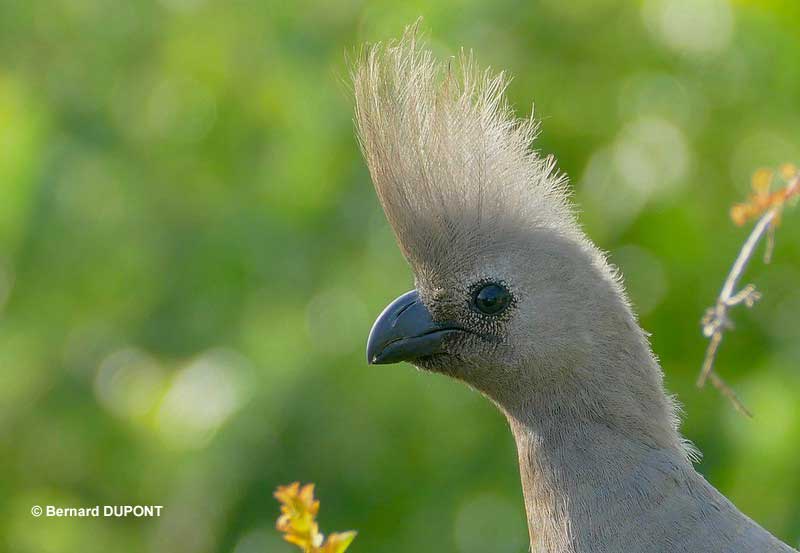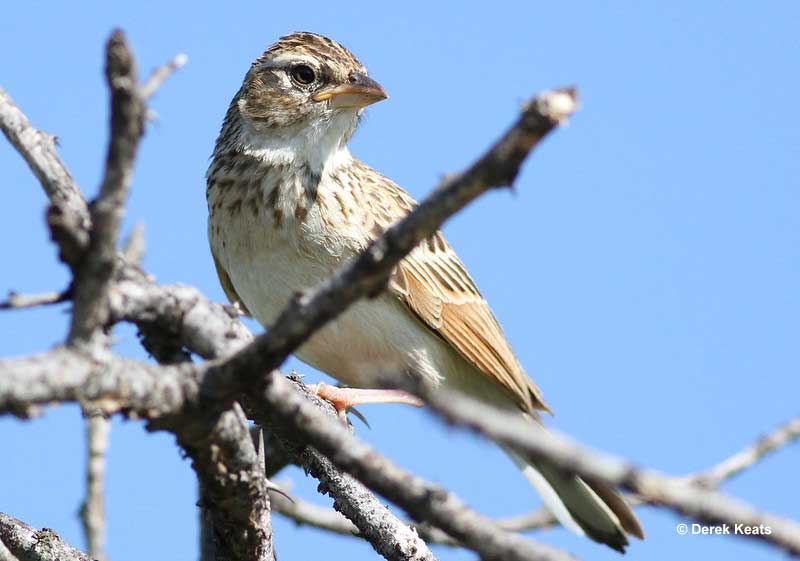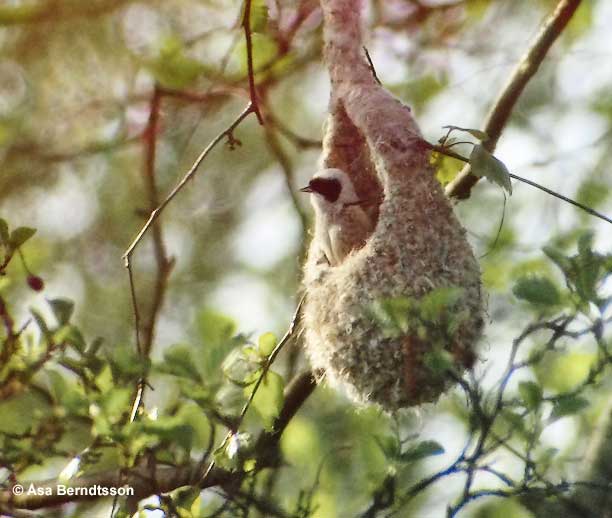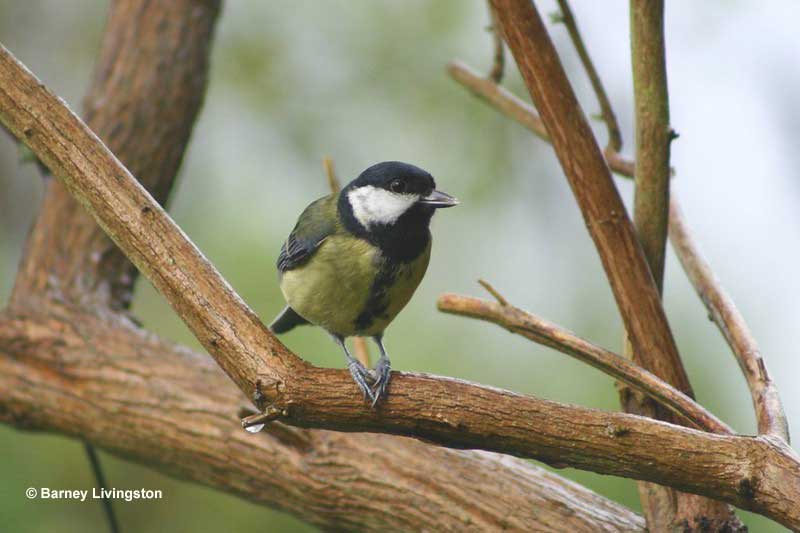
Sometimes, you come across a bird whose name makes you do a double-take and question the sanity or maturity of the one who named it. Some names are amusing or downright ominous.
Funny bird names often seem preposterous – surely, their names weren’t supposed to be this dirty?
With that in mind, let’s have a look at why there are feathery cocks and tits flying about.
The Unusual Routes That Ended With Funny Bird Names
Some bird names seem downright funny or even inappropriate, but there are a few reasons why they were given these names. They are often derived from the birds’ songs or calls.
Some names use slang or double meanings that were common when the birds were first named, even if the terms seem inappropriate today.
Folklore, mythology, and cultural associations have also influenced some bird names. In some cases, the names are simply meant to be descriptive, even if the resulting name sounds funny.
So, while the names may seem inappropriate or humorous to modern ears, they often have interesting origins rooted in the birds’ behaviors, vocalizations, or cultural perceptions when they were first coined.
Dickcissel
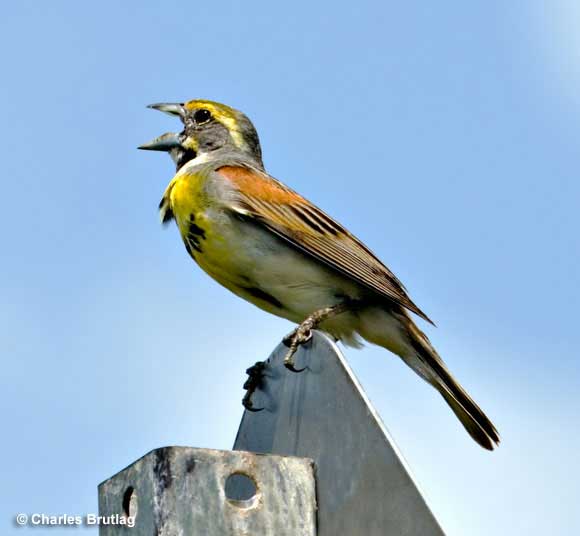
The Dickcissel is a small, migratory bird that breeds in eastern North America and winters in Central and South America. Their name is an onomatopoeic representation of the male bird’s song.
Although their songs may vary, then the basics are the same across individuals – a buzzy-sounding dick-dick-see-see or dick-dick-cissel-cissel. You can hear them sing during the breeding season when males use it to establish territories and attract mates.
Rough-faced Shag
The Rough-faced Shag sounds like a silly bird name, but it is a cormorant species in New Zealand, named for its distinctive facial features. Its face is covered in yellow-orange caruncles, giving the bird a wrinkled and ‘rough’ appearance. The term ‘shag’ addresses the ruffled-looking crests of the species, although in slang it hints at something else entirely.
Nowadays, they are usually known as New Zealand King Shags.
Smew
At a glance, Smew sounds like a funny bird name, but still fairly innocent. However, one of the trends in the near past was blending words to create new ones with combined meanings. They sprung up like mushrooms after rain! For those of you who struggled to keep up with and decipher all those concoctions, myself included, ‘smew’ is a combination of ‘smelly’ and ‘ew.
However, the bird itself is far from a “smew.” Males have elegant black-and-white plumage, which is why they’re also called white nuns, and females, or redheads, are mottled gray with reddish-chestnut heads.
There isn’t any smell involved, either. Rather, the name is believed to come from the Dutch smient (wigeon) or the German dialectal Smee from Schmeiente or Schmünte (wild duck).
Plain Chachalaca
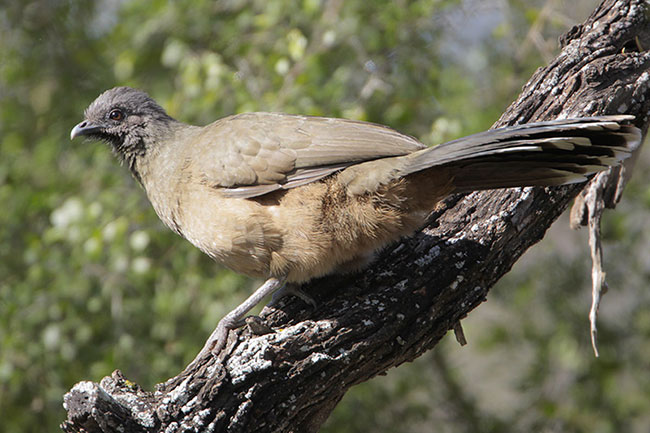
Photograph © Greg Lavaty
The name Chachalaca aptly describes this bird’s loud and vocal nature and is derived from the Nahuatl (Aztec) word chachalacani, meaning tattler or gossiper.
This moniker reflects the Plain Chachalaca’s tendency to announce its presence with a cacophony of raucous, cackling calls, often heard echoing through the tropical treetops before being seen. The bird itself resembles a long-tailed, sandy-brown chicken. You can find them in Central America and the southernmost Texas.
Apparently, ‘chakalaka’ is also a verb in English that is used to describe a loud voice or sound.
Sad Flycatcher
The Sad Flycatcher has an ironically misleading name. It presents a cheerful demeanor with its lively songs and energetic insect-hunting antics. Some sources would only argue that the name could stem from the bird’s unassuming brown-gray appearance, deemed ‘sad’ compared to more vibrant species, even though they have beautiful yellow bellies.
In truth, however, the name was coined by naturalist Philip Henry Gosse in 1847, inspired by what he believed to be its mournful, wailing call. Gosse mistook this forlorn note as belonging to the Sad Flycatcher, although it likely came from the Jamaican Pewee.
Satanic Nightjar (also known as the Satanic Goatsucker)
Known as Satanic Nightjars or Satanic Goatsuckers, these nocturnal birds bear a name steeped in folklore and superstitions. They are found in South America and sport a dark cryptic plumage mottled in browns, gray, and black. This makes them nearly impossible to spot against the forest floor.
The name ‘goatsucker’ originates from old folklore beliefs that these birds would suck milk from goats.
According to reports, the bird also emits a plip-plop call while flying that resembles dripping water or, according to locals, the sound of pulling someone’s eye out. However, neither of those beliefs is actually true. They do not drink goat milk and the recent accounts of the bird’s calls do not match with older descriptions.
Interestingly, some advocates of this species prefer this bizarre name, believing it will draw more attention and conservation interest to this otherwise little-known nightjar.
Horned Screamer
Horned Screamers are massive fowl-like birds with overall dark plumage and white speckles on the crown, throat, and wings. They are one of the three species of the screamer family, all of which are known for their echoing and far-carrying goose-like calls.
It seems this funny bird name hit the spot – they do indeed have horns and they scream.
European Shag (or the Common Shag)
The European Shag, also known as the Common Shag, is a seabird with an unfortunate and funny name.
Its name reflects its widespread presence and familiarity in these regions. They have black plumage with a green sheen and a distinctive shaggy crest during the breeding season. This crest is also why they are called shags. It likely comes from the Old English sceacga which means hairy, shaggy, or unkempt.
Grey Go-away-bird
Grey Go-away-birds, native to Africa, earned their name from their distinctive call that sounds like go-away or kweh. The last syllable is a nasal descending drawl.
This vocalization serves as an alarm call, warning other birds that someone is nearby. Their black beady eyes, black bills, and uniformly gray plumage make them look like stuffed animals! They even look funny with their fun little mohawks!
For all of us introverts, this funny bird name hits the spot!
Despite their name, they are not solitary and prefer to forage in groups numbering up to 30 individuals. They are bold and raucous, moving about in treetops or dust-bathing on the ground.
Monotonous Lark
Monotonous Larks derive their name from their repetitive and unvarying song patterns, which consist of simple, repeated notes. They sing that for-syrup-is-sweet jingle for hours and hours, day and night.
These birds are primarily found in open grasslands and savannas across Africa and Asia. In addition to their monotonous tunes, they also have a rather plain appearance, being brown above and pale below, which helps them blend into their surroundings.
Penduline Tits
Penduline Tits are named for their cool-looking nests. They construct intricate, hanging nests from soft plant fibers, animal fur, and spider silk.
These nests resemble pendulums or pouches, hence the name.
Some are small, measuring only 3-4 inches in height, and have only one entrance. Others are bigger and more complicated, measuring up to 10 inches in height, and have multiple entrances or even a false entrance that prevents predators from getting in. The only exception to this rule is the Verdin, whose nest is a spherical mass of thorny twigs, grasses, and feathers.
Honorable Mentions
Boobies

Boobies are seabirds known for their comical name, which likely originated from the Spanish word bobo, meaning foolish or stupid. They had a habit of landing on ships and were easily captured and eaten.
Despite their name, they are skilled hunters. They are found along tropical and subtropical coasts and oceans worldwide and are known for their plunge-diving fishing technique, where they dive from a height into the water to catch fish.
Tits
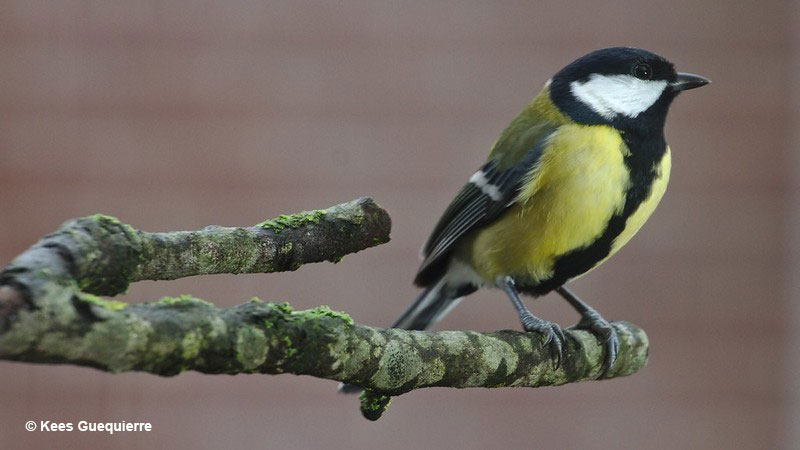
Members of the bird family Paridae are commonly known as tits across much of the English-speaking world. In North America, specific species are often called chickadees or titmice based on their distinct alarm call that sounds like chick-a-dee dee dee.
These birds are typically small and stout, adapted for life in woodlands with their short, strong bills.
Their name refers to their small size, as the word ‘tit’ was historically used to describe small birds in general, and doesn’t carry any dirty meaning.
Tits are lively and sociable creatures, territorial during the breeding season but sociable and foraging in mixed-species feeding flocks outside of the breeding season. They exhibit remarkable intelligence, ranking among the smartest bird groups alongside corvids (such as crows and jays) and parrots.
Unfortunately for them, most of us snicker at their funny names – if you’ve managed to keep a straight face, you’re bound to break soon.
Woodcocks
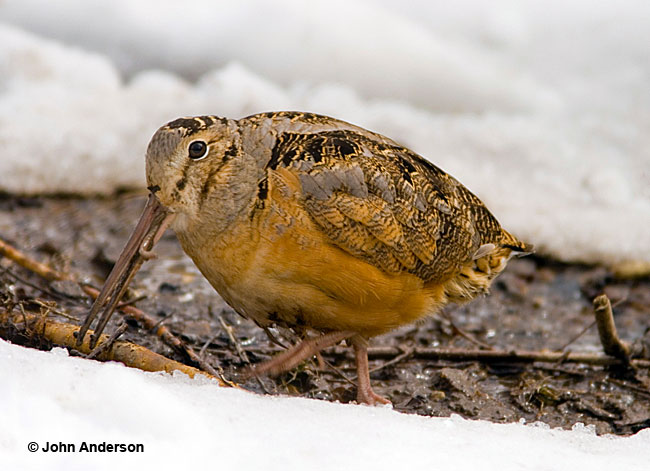
Woodcocks derive their name from their habitat preference of young, brushy forests and woodlands, where they blend seamlessly with the leaf litter. These birds have stocky bodies, cryptic brown and blackish plumage, and long, slender bills adapted for probing soft ground in search of invertebrates, particularly at night or dusk. Their eyes, situated on the sides of their heads, provide exceptional 360° vision.
The behavior of males is an identifying factor of the species. They put on distinctive displays, known as “roding,” which involve aerial flights accompanied by vocalizations, typically performed at dawn or dusk. In English, cock is used to refer to male chickens or roosters, but in Old French, coc is used for male birds in general.
A group of woodcocks is called a fall. Make of that what you will.
Cock-of-the-Rock
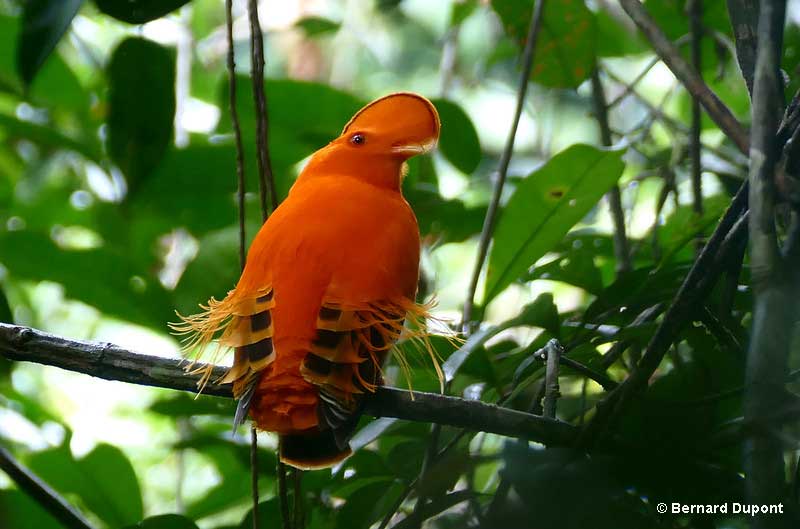
Cock-of-the-Rock is a genus that consists of two large and colorful bird species. Their name is partly derived from their flamboyant appearance.
Males are truly magnificent, showcasing bright orange or red plumage and distinctive fan-shaped crests.
During mating season, males gather in leks to compete for females by flaunting their colorful plumage and performing elaborate dances. The ‘rock’ part of their name comes from their nesting habitat preference. They build them in rocky areas in the tropical and subtropical rainforests of South America.


